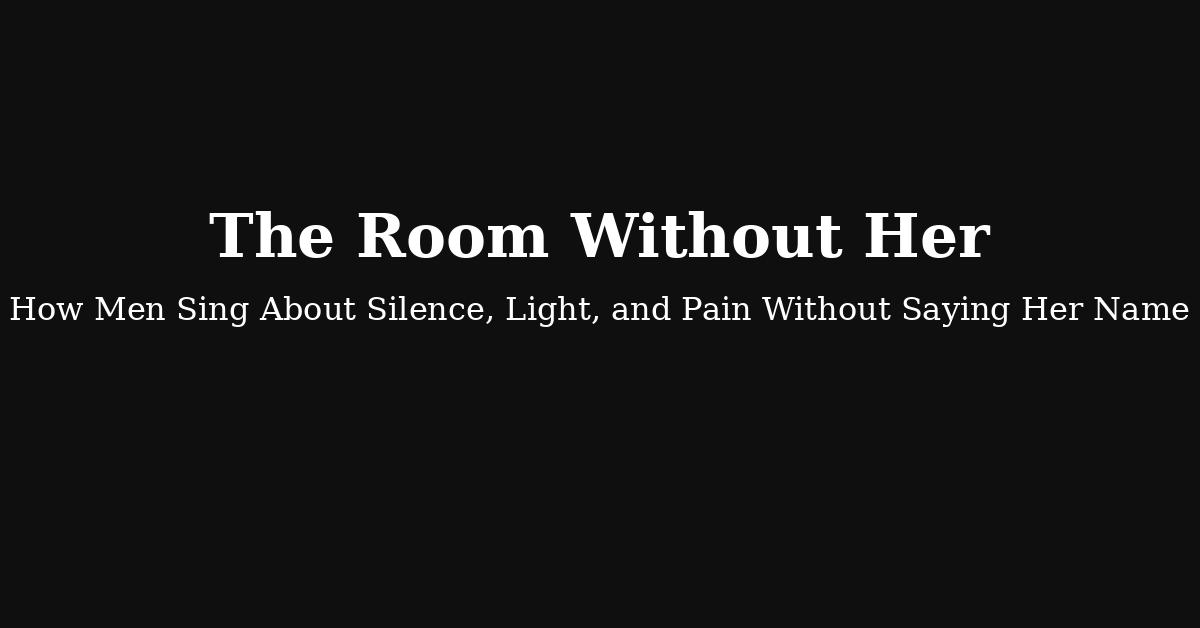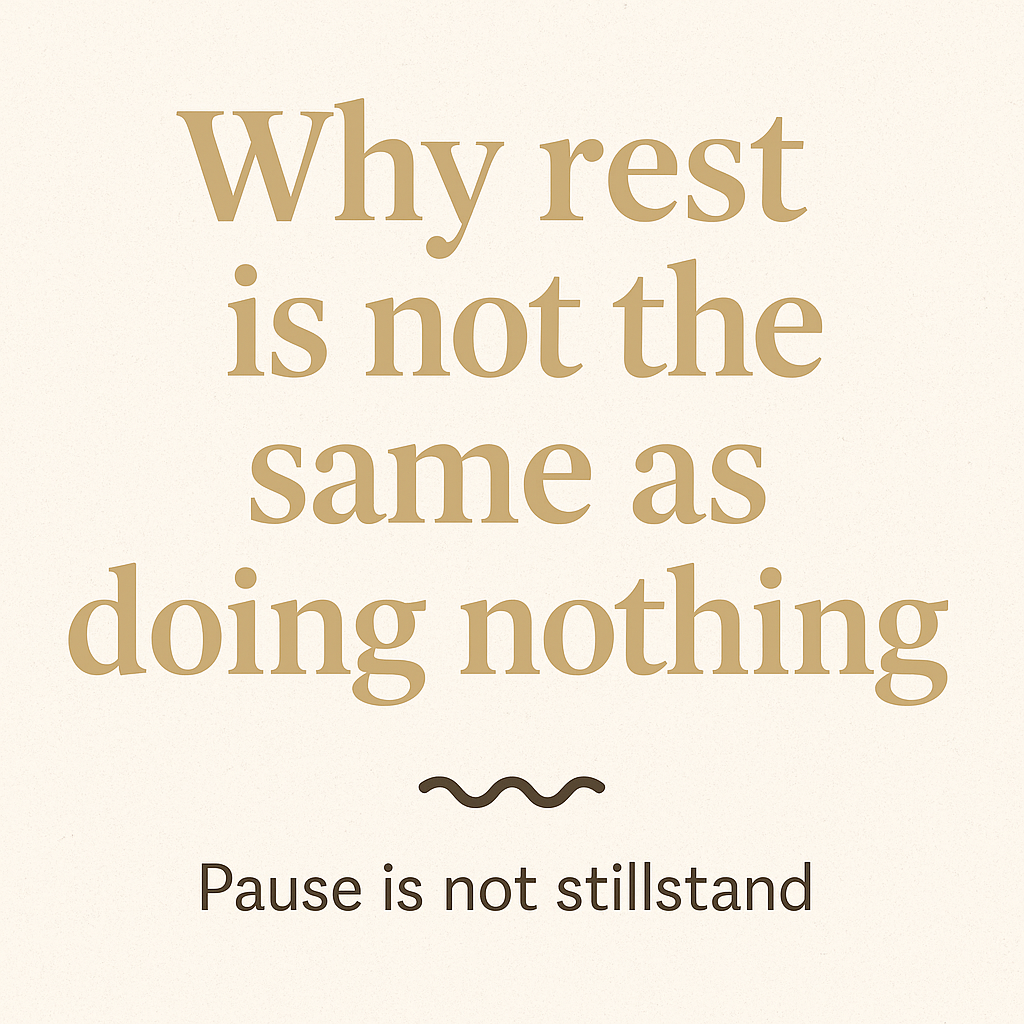Why Danish Is a Language of Sound First, Words Second
➡️ German
➡️ English
➡️ Danish
➡️ All languages
It Looks Germanic. It Sounds… Not Quite.
Danish may share roots with German, Dutch, and English, but when you hear it spoken — it’s something else entirely.
Soft, blurred consonants. Melting vowels. Half of the word swallowed. Even native speakers of other Scandinavian languages say Danish sounds “strange” at first.
But that’s not a flaw — it’s a feature. The Danish language is rich in rhythm, nuance, and flow. It’s less about spelling and more about the way sounds connect.
That’s why learning Danish online with a tutor matters. You can’t learn this language by reading it. You have to hear it — and be heard.
Pronunciation First, Grammar Second
Danish grammar isn’t particularly complex. You don’t need to learn cases or conjugate dozens of endings. What you doneed is:
– To hear what a native speaker really says
– To pronounce words that don’t look like they sound
– To develop an ear for the melody of the sentence
Students often say: “I could recognize words in writing — but when someone speaks, I get lost.”
That’s normal. And that’s exactly where a one-on-one tutor helps.
What Makes Danish Danish?
– The famous “soft D” that sounds like a gentle ‘L’
– The glottal stop (stød) — a small break or hiccup in sound
– Long vowels that change meaning with subtle shifts in tone
– Rapid, blended phrases that feel like singing through your nose
It’s not just phonetics. It’s cultural. The way Danes speak is tied to how they think, pause, joke, and express formality — or avoid it entirely.
You Don’t Learn Danish — You Absorb It
With the right online tutor, you begin to understand not just what to say, but how to say it — and when.
You move from guessing to feeling.
From reading to responding.
From repeating to owning the language.
Our approach at Levitin Language School is about rhythm, presence, and logic — not mechanical memorization. Danish rewards learners who are curious about how sound shapes meaning.
Author: Tymur Levitin
Founder, Director & Senior Tutor
My profile
© Tymur Levitin
Category: Online Language Learning






















